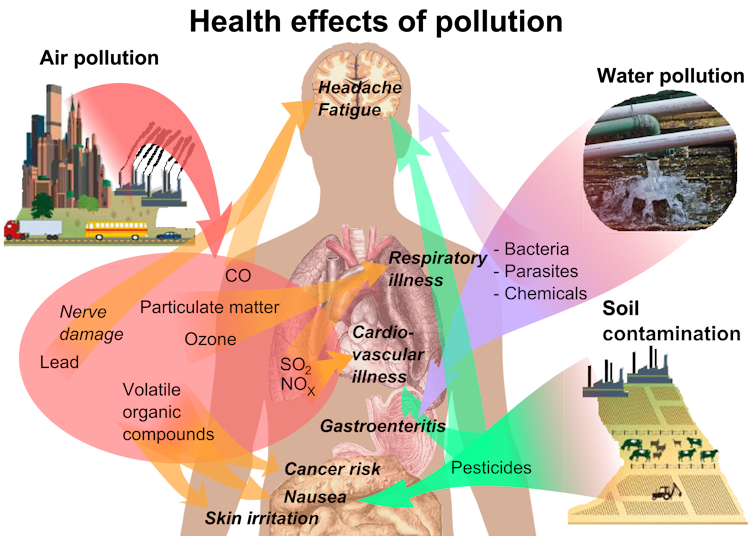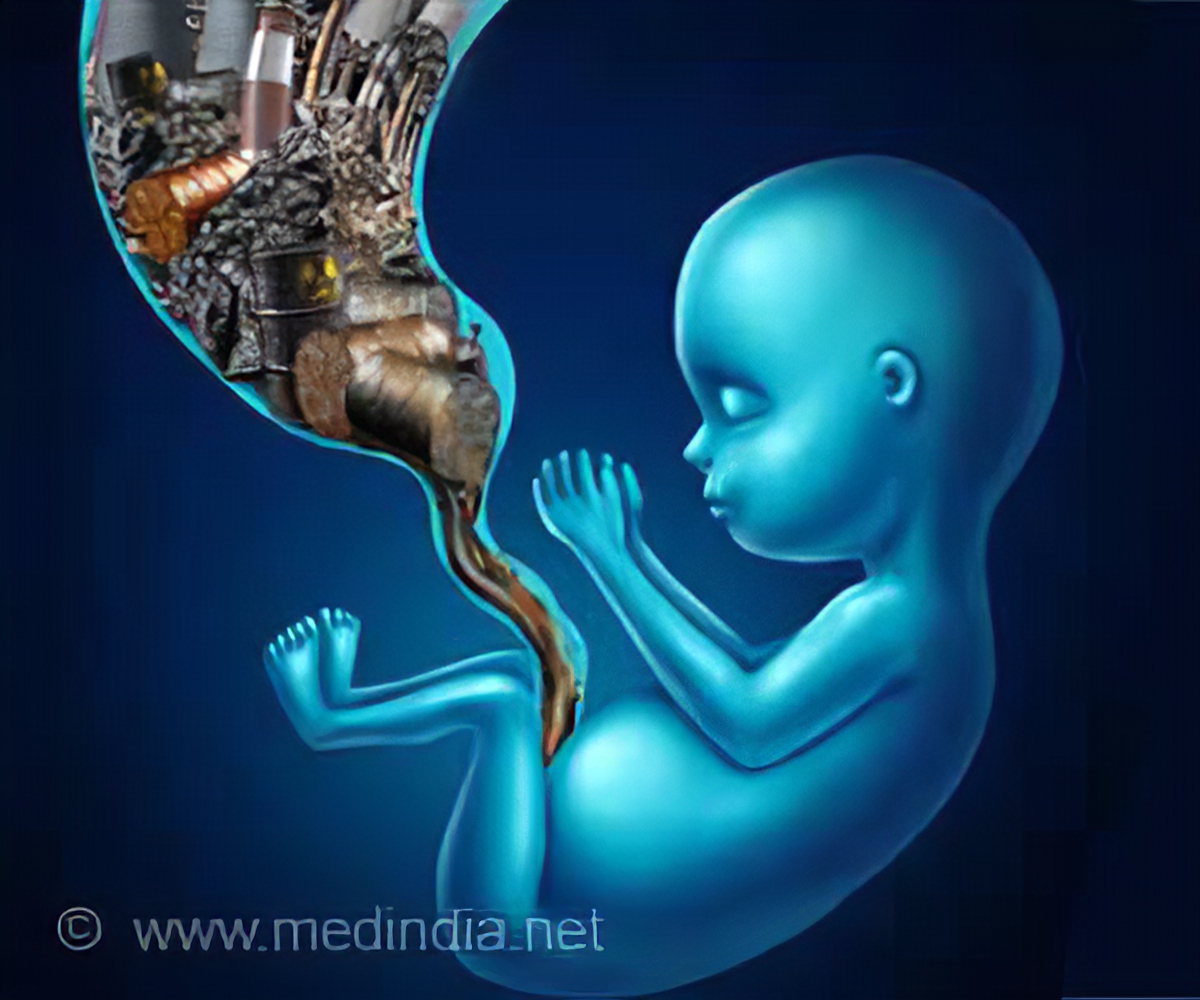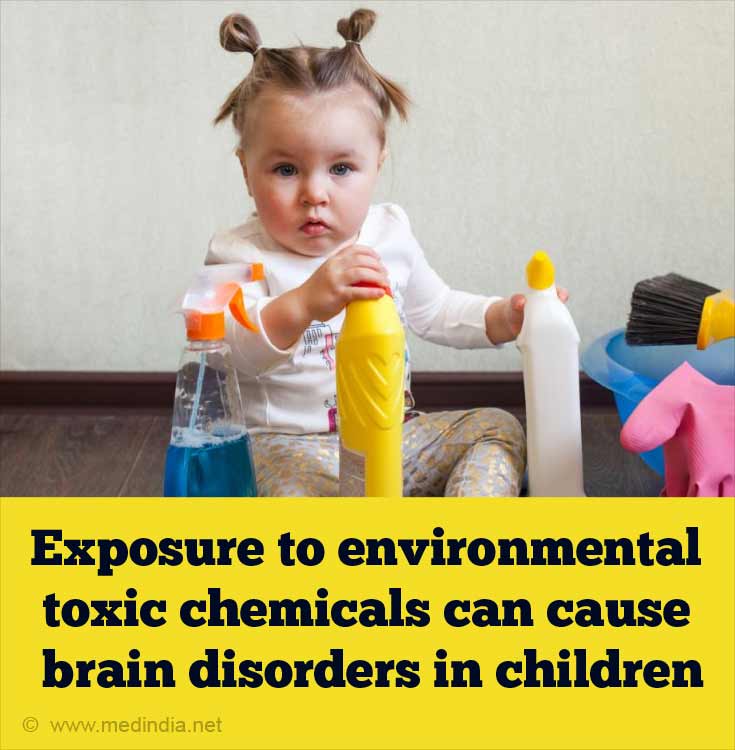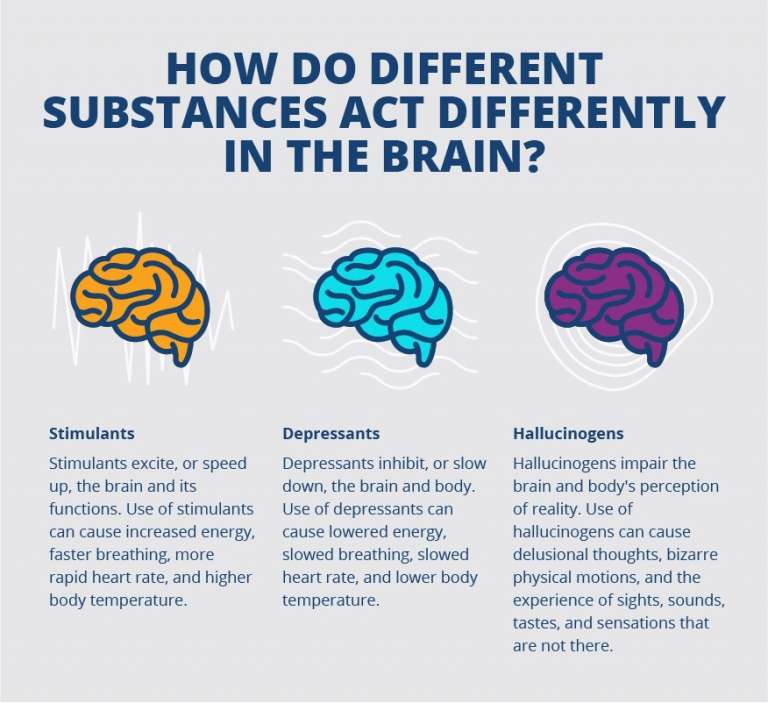Exposure to Harmful Substances Can Affect the Developing Brain
The toxins can also be in the form of gases metals or chemical compounds. Brain development is one such factor.

What Does Exposure To Environmental Chemicals Mean For Our Health
If you are concerned about your childs use of illegal substances learn how you can talk to your teen about addiction.

. Overstimulating the reward circuit of the brain. If this exposure is prolonged other areas may also be affected. The developing nervous system can be particularly sensitive to exposure to environmental chemicals.
Exposure to polluting chemicals can affect their brain development. The brain stem the limbic system and the cerebral cortex. Toxic exposure from some substances has been known to cause neurological damage with large doses in the short term or small doses in the long term.
Numerous challenges must be addressed to definitively test the impact of toxins on brain development in children. However erroneous and biased interpretations of the scientific literature often affect educational programs and. While the effects of other commonly used drugs such as alcohol have been studied extensively the effects of marijuana especially on developing babies during pregnancy have been much less studied and less.
We know there are at least two ways drugs work in the brain. Still the fact remains that early use is a strong. Exposure to toxins before birth or early in life can have a devastating and lifelong effect on the developing architecture of the brain.
The baby is immune to what the mother is exposed to. Many legal drugs such as nicotine and alcohol can produce more severe deficits on brain development than some illicit drugs such as cocaine. Drugs interfere with the way neurons send receive and process signals via neurotransmitters.
B only during the first trimester. As states have begun to legalize marijuana its use has been more openly discussed. An odorless carbon monoxide CO does not mean it cannot affect health.
A only before a woman knows she is pregnant. A new study demonstrates that in utero exposure to mothers antiepileptic or antidepressant medication may affect development of the newborn brain networks. In the absence of these critical.
We must quantify exposure using a biologic marker or pollutant. This chemical is a silent. Harmful chemicals can be absorbed into our bodies through.
The impact of toxins on the developing brain is usually subtle for an individual child but the damage can be substantial at the population level. This working paper from the National Scientific Council on the Developing Child details which toxins present the greatest risk at different stages of brain development and addresses. Some drugs like marijuana and heroin have chemical structures that mimic a neurotransmitter that naturally occurs in our bodies.
We know that lead and alcohol can harm childrens brains but a growing amount of research suggests that chemicals known as endocrine disruptors found in everyday household products including pesticides plastics and fire repellants may also contribute to a range of behavioral and learning problems including autism and attention-deficient hyperactivity disorder ADHD. While these toxic chemicals may not be the leading cause of brain injury they can be dangerous to a healthy brain. As a matter of fact this can happen even during gestation.
Some drugs such as marijuana and heroin can activate neurons because their chemical structure mimics that of a natural neurotransmitter in the body. It also may result from a mix of early social and biological vulnerability factors including unstable family relationships exposure to physical or sexual abuse genetic susceptibility or mental illness. This is one of the most extensively researched compounds in terms of neurodevelopment and has been consistently.
D throughout pregnancyas the brain is developing in the second and third trimesters. Drugs that can impact norepinephrine levels. Affecting the neurological development of the fetusexposure often comes from maternal intake of.
The impact on infant brain development Toxic substances interfere with the brains natural functions. One of these critical periods is adoles-cence. Elderly individuals who abuse substances during the final stage of brain development can expect an increase of cognitive impairment and medical comorbidity one or more additional disorders occurring at the same time.
Vassoler et al 2013. US organizations including the Environmental Protection Agency EPA and. Early Exposure to Toxic Substances Damages Brain Architecture.
11 Toxic Chemicals Affecting Brain Development In Children Lead. Actually these substances can play a big role in the manifestation of disorders such as autism and attention deficit hyperactivity disorder. Pesticides are used to kill insects which feed on plants we eat or crops.
Reflect the harmful effect that drugs can have on the developing brain. When substances enter the brain they interfere with its normal processing and can eventually lead to dramatic changes in the neurons and brain circuits changes that can still be present even after an individual has stopped taking drugs. In the study novel mathematical.
Exposure to harmful substances called teratogens can affect the developing brain. Hidden toxicity of chemicals worrying. Developing brains such as those in babies children and teenagers are especially susceptible to the harmful effects of marijuana and tetrahydrocannabinol THC.
As a result of slow and expensive testing less than 1 of chemicals in the environment have been evaluated for their potential to cause developmental neurotoxicity or the impact of the chemical on the developing nervous system. Account for an ever-expanding set of potential. This allows the drugs to attach onto and activate the neurons.
Imitating the brains natural chemical messengers. And although it is beyond our scope to review it here it has recently become clear that paternal exposures to drugs such as cocaine during spermatogenesis can also influence offspring brain development and neurobehavioral development through epigenetic mechanisms at least in animal models Killinger et al 2012. Exposure to a large amount of.
Rodgers et al 2013. Exposure to industrial chemicals may be responsible for a silent pandemic of brain development disorders affecting millions of children worldwide researchers say. Chemical Exposure and Brain Injury Pesticides.
Opioids and ecstasy Regions of the brain are disrupted by drug abuse as the National Institute on Drug Abuse NIDA reports that the brain stem limbic system and cerebral cortex are all affected. Although ingestion of substances of abuse at any age can adversely affect the brain there are criti-cal periods when use can have substantially great-er impact. 12 Although scientists are still learning about the effects of marijuana on developing brains studies suggest that marijuana use by mothers during pregnancy could be linked to problems with attention memory problem.
How Marijuana Exposure Affects Developing Babies Brains. The use of substances of abuse during this phase of development has been tied to many nega-. Drugs and alcohol affect three primary areas of the brain.
In fact these drugs can fool our receptors lock onto them and activate.

Effect Of Toxic Chemicals On Children S Brain

Youth And The Developing Brain Pact Coalition


0 Response to "Exposure to Harmful Substances Can Affect the Developing Brain"
Post a Comment